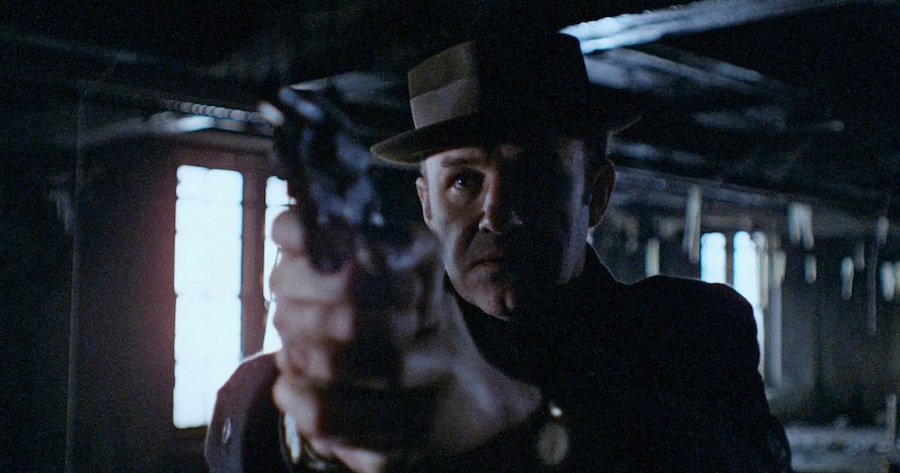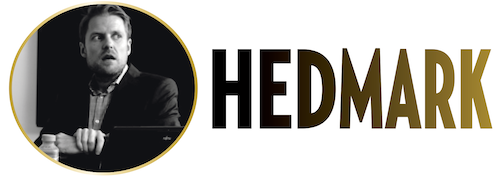
DOYLE IS BAD NEWS… BUT A GOOD COP!

In 1971, William Friedkin was not happy at all. The French Connection had the potential to become not only his breakthrough but also a great cop movie, but Friedkin was afraid that the cast would kill it. Gene Hackman had been chosen to play no-nonsense cop “Popeye” Doyle, but few people had heard of him at the time, and his liberal views made it difficult for him to play a police officer who could be labeled a “fascist”. And the guy who had been cast as the French villain turned out to be a Spaniard who spoke no French. Fortunately, Friedkin would come to realize that these two men were absolutely perfect for their parts.
You’ve rarely seen New York dirtier and colder – the film has a documentary feel to it and the neighborhoods where the filmmakers take their audience are the places where rats are kings. Our main characters roam these streets looking to score victories in a war on drugs, no matter how small they are.
Tracking down a French gentleman
The film was based on real-life events where two New York detectives, Eddie Egan and Sonny Grosso, fought attempts to smuggle narcotics into the U.S. This basic premise has been developed into a story where Jimmy “Popeye” Doyle (Hackman) and Buddy Russo (Roy Scheider) track down a French gentleman by the name of Alain Charnier (Fernando Rey) who arrives in New York prepared to make a very lucrative heroin deal with a local crime boss. The question of where Charnier is hiding the drugs becomes a problem for the detectives, and the constant presence of dogged police officers following the Frenchman’s every move becomes increasingly awkward for the people who are trying to close the dirty deal.
There are no decent human beings here – the filmmakers show no greater interest in moral limits. Violence is ugly and without honor; even the cops are brutal men who know that a sign of weakness spells the end of one’s career (and life). One of the most famous sequences in the film shows “Popeye” shooting one of the bad guys in the back. There’s no room for playing it nice.
Raw and realistic
It’s all very raw and realistic, so it should come as no surprise to anyone that the famous car chase (where “Popeye” is hunting the man who eventually gets that bullet in the back) was real – at least that’s what the filmmakers are claiming. It does seem possible that this tightly edited sequence where there is apparent danger to people’s lives and property was shot without proper permission. In any case, it looks spectacular.
Some may argue that the story isn’t all that special, but everything feels genuine.
There are other, less extravagant sequences that deserve equal mention. The one where Charnier discovers that he’s being pursued by “Popeye” and eventually loses him in the subway in a very simple but clever way is especially memorable. And let’s not forget that ending, with “Popeye” looking to get a final showdown with Charnier – what happens next is frustrating, but yet again… so simple, so clever. Some may argue that the story isn’t all that special, but everything feels genuine, the environs as well as the dialogue, and that’s a crucial thing about this thriller.
Watching Hackman, this liberal actor, create a human being out of a racist, simplistic predator (you really don’t really want him asking you that now-famous question, “Well, did you ever pick your feet in Poughkeepsie?”), is amazing. Scheider is also good as Doyle’s slightly more rational partner, and Rey is reliable as the sophisticated foreigner with the fancy suits who poses a grave threat to the well-being of the American youth. The conclusion? Perhaps we shouldn’t trust Friedkin’s judgment when it comes to choosing actors.
The French Connection 1971-U.S. 104 min. Color. Directed by William Friedkin. Screenplay: Ernest Tidyman. Novel: Robin Moore. Cinematography: Owen Roizman. Editing: Jerry Greenberg. Cast: Gene Hackman (Jimmy “Popeye” Doyle), Fernando Rey (Alain Charnier), Roy Scheider (Buddy Russo), Tony LoBianco, Marcel Bozzuffi.
Trivia: James Caan and Steve McQueen were allegedly offered the part of “Popeye”. Eddie Egan and Sonny Grosso, the real-life detectives on whom Hackman and Scheider’s characters were based, appear in the film as a cop and an FBI agent. Followed by French Connection II (1975) and a TV movie, Popeye Doyle (1986).
Oscars: Best Picture, Director, Actor (Hackman), Adapted Screenplay, Film Editing. BAFTA: Best Actor (Hackman), Film Editing. Golden Globes: Best Motion Picture (Drama), Director, Actor (Hackman).
Last word: “I’ve never read the book. So I went to New York and met with the two cops that it’s about, Eddie Egan and Sonny Grosso… and I was fascinated by them. First of all by the alliteration of their names, Egan and Grosso. And then when the names were filled in by these two guys, I could see wonderful contrasts. A big, bluff Irishman and a short, sort of paranoid Italian guy. They seemed to represent a wonderful sort of Mutt and Jeff. And I went out with them for several weeks while they were out busting dealers… and all the dialogue and scenes in the movie were things they actually said and did, like busting up that bar, and so on. So Phil [D’Antoni] and I then set out to get a script done. We had four or five writers. No one could crack it. We took some of these scripts around to the various studios for over two years. All the studios turned it down, most of them twice. Finally, Phil gave me the galleys of book that was about to come out. It was called ‘Shaft’, written by a guy who was a crime reporter for The New York Times named Ernest Tidyman. We thought it had very smart, New York street dialogue. We met with Tidyman, paid him $5,000 to write the script, which he did, and later won the Academy Award for it.” (Friedkin, The Hollywood Interview)
